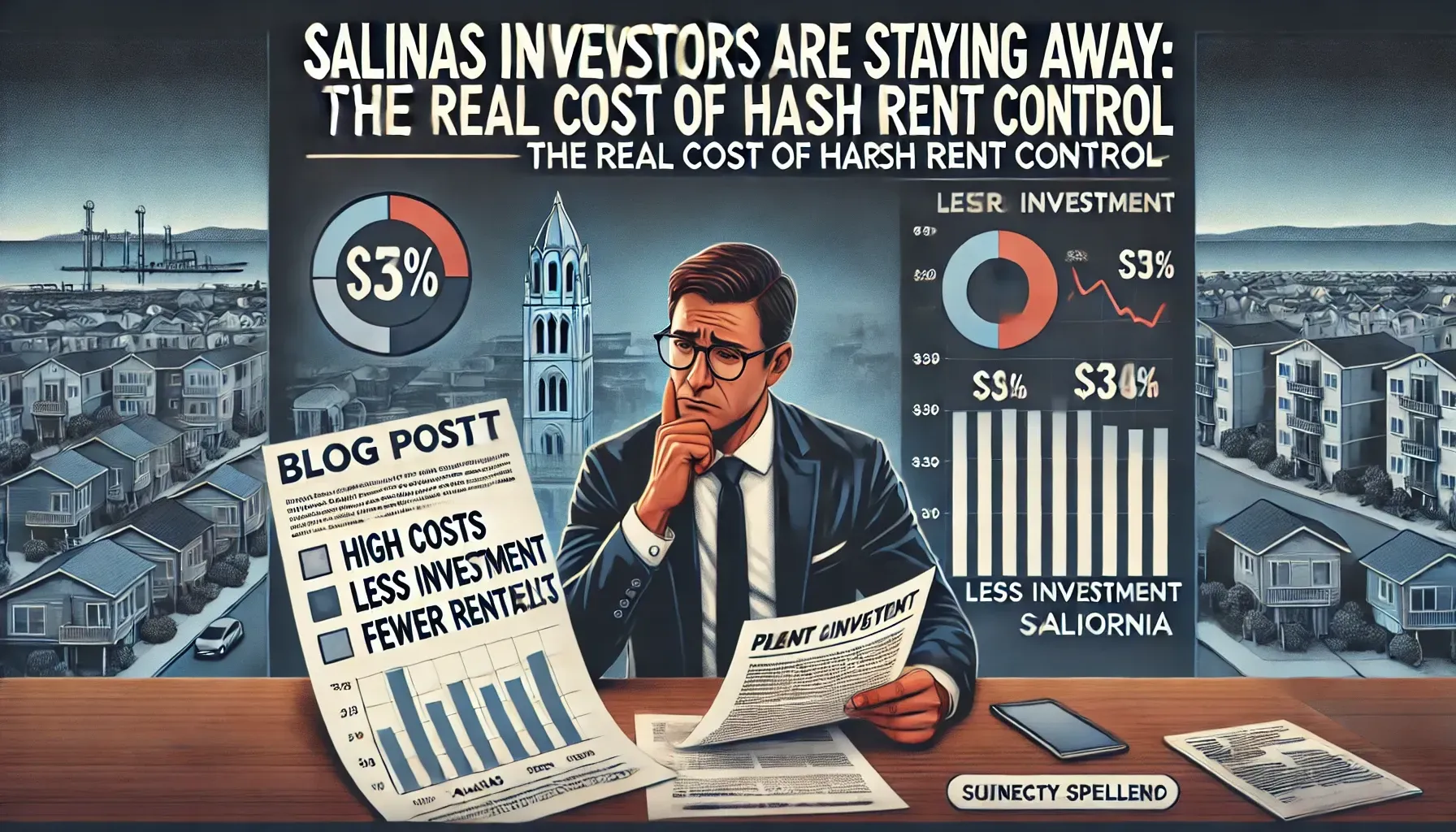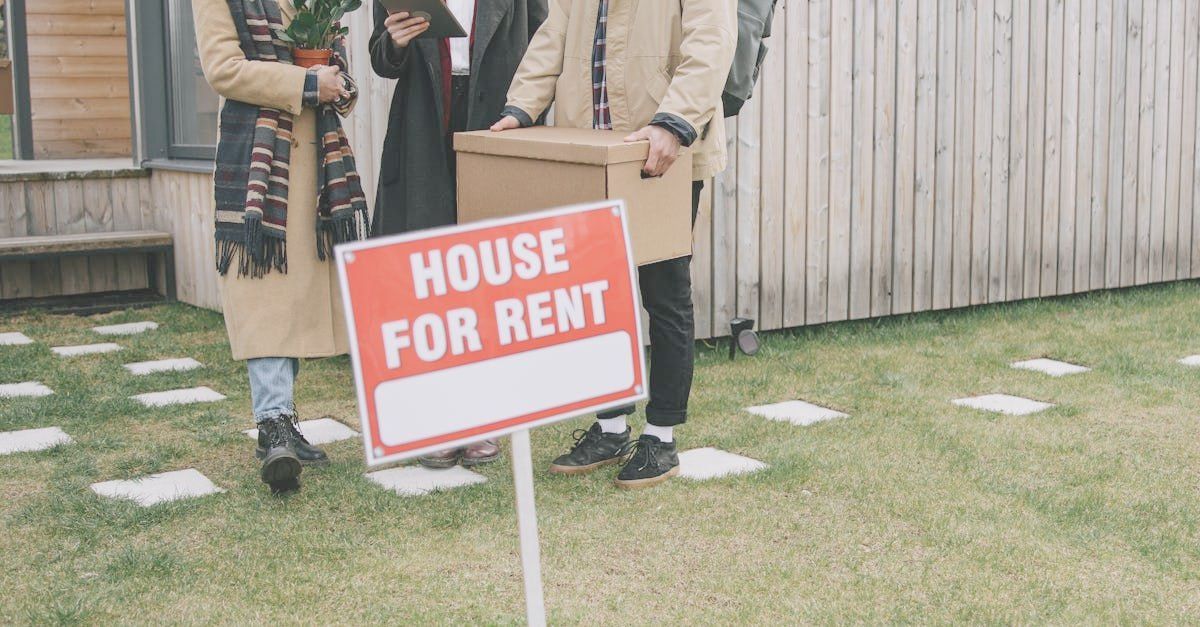Argentina's Lessons on Rent Control
Argentina's Lessons on Rent Control
How Salinas Rent Stabilization and Monterey County Airbnb Restrictions Could Mirror Argentina’s Housing Crisis
The recent situation in Argentina, where rent controls led to reduced rental supply and skyrocketing prices, offers a glimpse of what could happen in Salinas and similar cities adopting rent stabilization ordinances. Argentina's approach to rent control aimed to help tenants but ultimately drove landlords out of the rental market, exacerbating the housing shortage and making rentals more expensive. This example highlights the risks Salinas faces as it enforces rent control measures that could produce the same adverse effects.
1. Reduced Rental Supply & Higher Prices
Salinas’ Rent Stabilization Ordinance, while intending to protect tenants from drastic rent increases, could backfire by discouraging landlords from keeping properties available for long-term rentals. Argentina saw landlords converting their properties to short-term and mid-term rentals to evade strict regulations. Similarly, in Monterey County, where renting properties for under 30 days was restricted, rental supplies didn’t grow as expected. Instead, owners pivoted to mid-term or seasonal rentals, often for out-of-town owners who want to use these properties themselves part-time. These owners remain largely unmotivated to provide permanent housing, which further restricts availability and drives up demand (and costs) for available long-term rentals.
2. Landlords Move Away from Long-Term Rentals
Rent control disincentivizes maintenance and reinvestment. When inflation soared in Argentina, landlords were restricted from adjusting rents to match rising costs, leaving them little choice but to defer maintenance to offset financial losses. Salinas faces a similar risk: as inflation impacts the cost of property upkeep, landlords may neglect necessary maintenance, decreasing property standards and livability for tenants. Eventually, landlords may exit the long-term rental market, just as they did in Argentina, opting instead to either sell their properties or shift to other types of rentals to minimize losses.
3. Short-Term Gains, Long-Term Consequences
While rent controls can provide short-term relief for tenants, the long-term impacts can create a domino effect. In Argentina, the housing market instability created by rent controls made renting harder, leading to overcrowded apartments, longer commutes for affordable housing, and increased overall housing insecurity. This serves as a powerful warning for Salinas, where the same issues could emerge, pushing lower-income tenants further from the city center and reducing access to essential services and employment.
4. Lessons from Monterey County’s Short-Term Rental Restrictions
Monterey County's restriction on rentals shorter than 30 days aimed to free up housing but instead created a portfolio of seasonal rentals owned by out-of-town investors. These investors still prefer to keep properties available for personal use rather than entering the long-term rental market. This approach hasn't bolstered the long-term housing supply in Monterey County, and Salinas' rent control may only deepen similar challenges.
Salinas’ Rent Stabilization Ordinance and similar policies in other cities risk recreating the housing crisis seen in Argentina. Disincentivizing landlords from maintaining or even renting their properties could reduce rental supply, degrade property conditions, and drive up costs in the long term. Rather than rigid controls, cities should look for flexible solutions that balance tenant protections with landlord incentives. Learning from Argentina’s missteps, Salinas and other cities could benefit from policies that genuinely encourage a sustainable, inclusive rental market.
https://www.cato.org/commentary/argentina-offers-textbook-study-why-rent-controls-are-bad-idea











